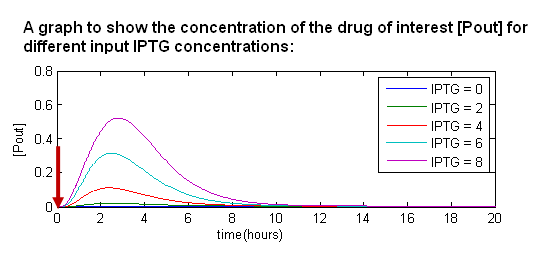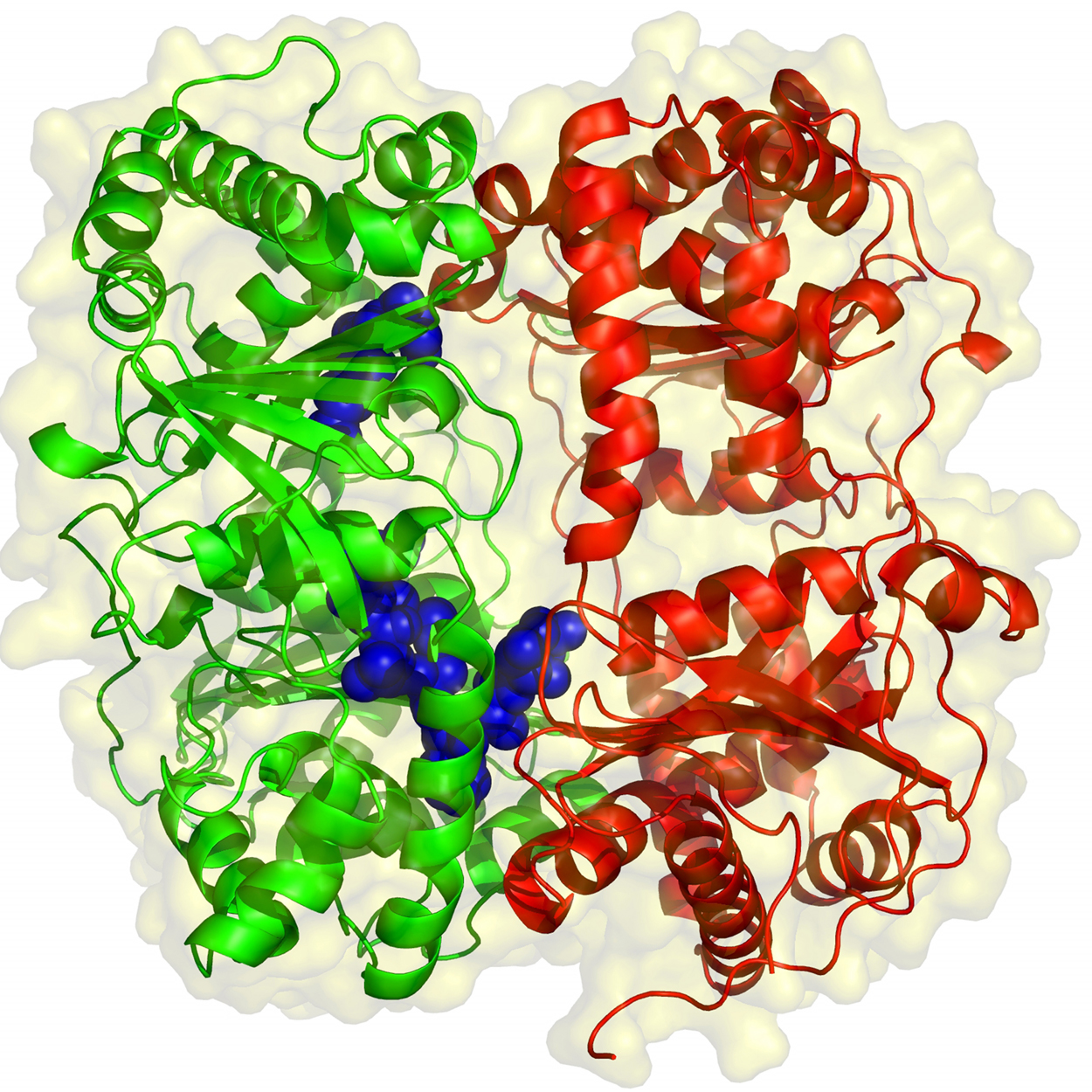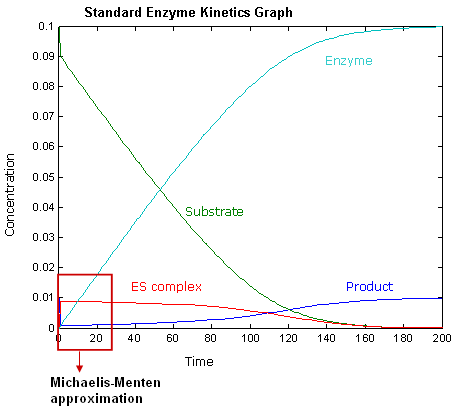Team:Imperial College London/Project Overview
From 2009.igem.org

The Problem
The inspiration behind The E.ncapsulator was the inherent difficulty in delivering protein pharmaceuticals to the gut. Due to the delicate nature of proteins and the highly acidic environment present in the stomach, protein molecules are readily broken down - making oral drug delivery of protein pharmaceuticals very difficult .
There are several diseases that are treated using oral delivery of peptides. Among these are:
Malnutrition (world hunger) and Phenylketonuria (PKU), a disease associated with mental retardation due to insufficient ability to metabolize phenylalanine.
In this project, one of our applications is on synthesising phenylalanine hydroxylase (PAH), an enzyme responsible for metabolism of phenylalanine in PKU patients. Furthermore, we propose to synthesise cellulase and deliver it as a possible solution to malnutrition.The E.ncapsulator system is a generic drug production and delivery platform. This means that potentially, we are capable of solving any problem that tackles the delivery of polypeptides to the small intestine.
Some statistics
In the table below we have provided some statistics of disorders requiring administration of polypeptide drugs. These are 2 examples out of many more, such as diabetes mellitus [1] or hemophilia [2], highlighting the need for a cost-effective and implementable solution, which is what we are offering with The E.ncapsulator.
| Malnutrition (from [3]) | PKU (from [4-5]]) |
|---|---|
| 854 million people worldwide are undernourished (12.6% of the world population) | 1 per 10,000 - 15,000 newborns are diagnosed with phenylketonuria in the USA |
| 820 million are in developing countries | It occurs with a frequency of between 1 in 4.500 (Turkey and Ireland) and 1 in 10.000 in most of Europe although in Finland the frequency is lower at 1 in 40.000 new born babies. |
Our Solution
Our Solution
The E.ncapsulator is a novel protein manufacture and delivery platform designed to overcome these difficulties. In order to learn more about each module of the system and what its doing, hover over the different parts of the image below:

Manufacturing Considerations
- Synthesis: The system is generic and potentially able to manufacture any type of polypeptide.
- Purification: In The E.ncapsulator, polypeptide synthesis (Module 1) and encapsulation of the cells(Module 2) occur in the same place. This dual production and delivery platform means that there is no need for expensive downstream purification processes.
- Storage: Freeze drying in the encapsulation phase and secondary encapsulation allow for storage of The E.ncapsulator.
- Quality Control: If one cell fails to produce the polypeptide of interest, it will have minimal impact on the whole system. In that if one cell fails to produce any protein it will have a minimal impact on the whole system.
- Safety: In order to reduce risks associated with our product, we have chosen a GRAS (generally recognized as safe) chassis. Furthermore, all the genetic material is destroyed prior ingestion to prevent any risks of horizontal gene transfer after colonisation by the bacteria.
Project specifications
- Synthesis: The system is generic and potentially able to manufacture any type of polypeptide.
- Purification: In The E.ncapsulator, polypeptide synthesis (Module 1) and encapsulation of the cells(Module 2) occur in the same place. This dual production and delivery platform means that there is no need for expensive downstream purification processes.
- Storage: Freeze drying in the encapsulation phase and secondary encapsulation allow for storage of The E.ncapsulator.
- Quality Control: If one cell fails to produce the polypeptide of interest, it will have minimal impact on the whole system. In that if one cell fails to produce any protein it will have a minimal impact on the whole system.
- Safety: In order to reduce risks associated with our product, we have chosen a GRAS (generally recognized as safe) chassis. Furthermore, all the genetic material is destroyed prior ingestion to prevent any risks of horizontal gene transfer after colonisation by the bacteria.
Major Results
Simulations: Chemoinduction/Module 1-Output yield of drug of interest
Our simulation results indicate that increasing input amounts of IPTG result in a greater yield of polypeptide drug of interest, provided that input concentrations are not within a toxic range. For more information see our simulation results and experimental results on toxicity.

Note: Parameters are arbitrary. For a justification see the system stability analysis.
Experimental: Module 2 - Encapsulation growth curves
Dependent on lab results today
Experimental: Autoinduction - Diauxic growth curve and CRP GFP
Here we can pick a diauxic growth curve and compare directly to a simulation (if I manage to make one work!! :-S)
Simulations: Module 1 - Enzyme kinetics and dosage control
Many polypeptides of interest are enzymes. This means that detecting how much drug has been produced requires knowledge about their interaction with their respective substrates in the enzymatic assays. Here we assumed that enzymatic activity follows Michaelis-Menten kinetics [7]. This means that we can directly relate enzymatic activity to the required dosage for successful administration of the polypeptide of interest.
Dosage Calculations:
Tianyi upload once we work out activity or whatever is necessary!
Experimental: Module 3 - Thermoinducible promoter
Need Matthieu's latest processed data
Conclusion
Need some inspiration here guys!
References
[1] Diabetes Mellitus statistics
[2] Hemophilia statistics
[3] World Hunger statistics
[4] Phenylketonuria in the USA
[5] ESPKU (European statistics)
[6] More PKU statistics (browse per country)







 "
"





